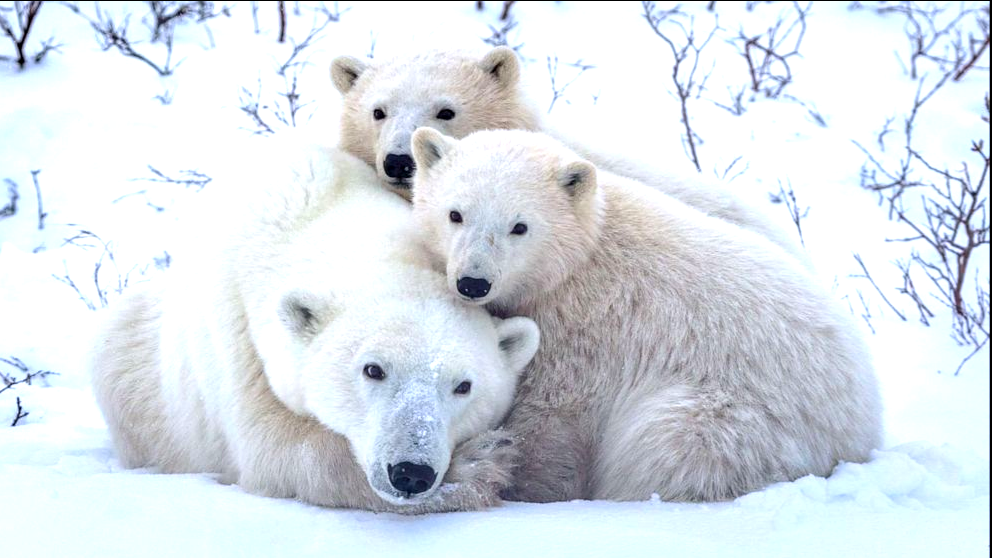What are Polar Bears?
The polar bear, with the botanical name Ursus maritimus, is one of the largest carnivorous mammals on land, and also the largest specie of bear.
They have thick skin of insulating fat and dense, water-repellent fur that helps them survive in the harsh Arctic Ocean, and Antarctica as a whole.
Polar bears live in the frozen Arctic oceans of the world, and the North Pole, where they hunt and feed on seals.
Polar bears are good swimmers and can swim long distances to search for ice seals, which make up their main diet.
They also scavenge on carrion and hunt other Arctic mammals such as walruses and beluga whales.
Size, Weight, and Height of Adult Polar Bear
Polar bear’s weight, size, and height are incredible. However, polar bear weight at birth is really small compared to when it’s fully grown. an average male and female polar bear cub at birth is 2 pounds.
Also, the male polar bear weighs up to 3 times more than the female polar bear of the same age.
A full-grown male polar weight is up to 1,500 pounds or 680 kgs, and 10 feet in height while a female polar bear weighs up to 600 pounds and is 8 feet tall.
How Much Does Polar Bear Weigh on Average?
Polar bears can weigh anywhere between 350 to 1,500 pounds (160 to 680 kilograms) on average. The males typically being larger than the females.
The weight of a polar bear can vary depending on its age, sex, and location.
An average adult male polar bear, irrespective of the location and nutrition, weighs between 700 and 900 pounds while an average female weighs 400 pounds.
The maximum weight of polar bears is 2,200 pounds, having the heaviest male polar bear ever recorded to be 2,209 pounds.
What is the Lifespan of a Polar Bear?
The lifespan of polar bears in their natural icy habitat largely depends on their location.
Polar bears strive better in the arctic ocean than at the north pole as food availability is very important.
Other factors that contribute to their longevity are hunting skills, pollution, animal control laws, and others.
Typically, polar bears can live up to 30 years in arctic regions, although some have been known to live into their 40s.
If polar bears are in captivity, where they are given food regularly, given medical attention when needed, and are protected from predators, they can live up to 40 years.
The oldest known polar bear is a female, fondly called Debby, and lived to 41 years old while in captivity before she died in 2008.
Due to changes in their habitat caused by climate change, pollution and other, they are now considered a vulnerable species by the International Union for Conservation of Nature (IUCN), and efforts are being made to protect their habitats and reduce human impacts on their populations.








